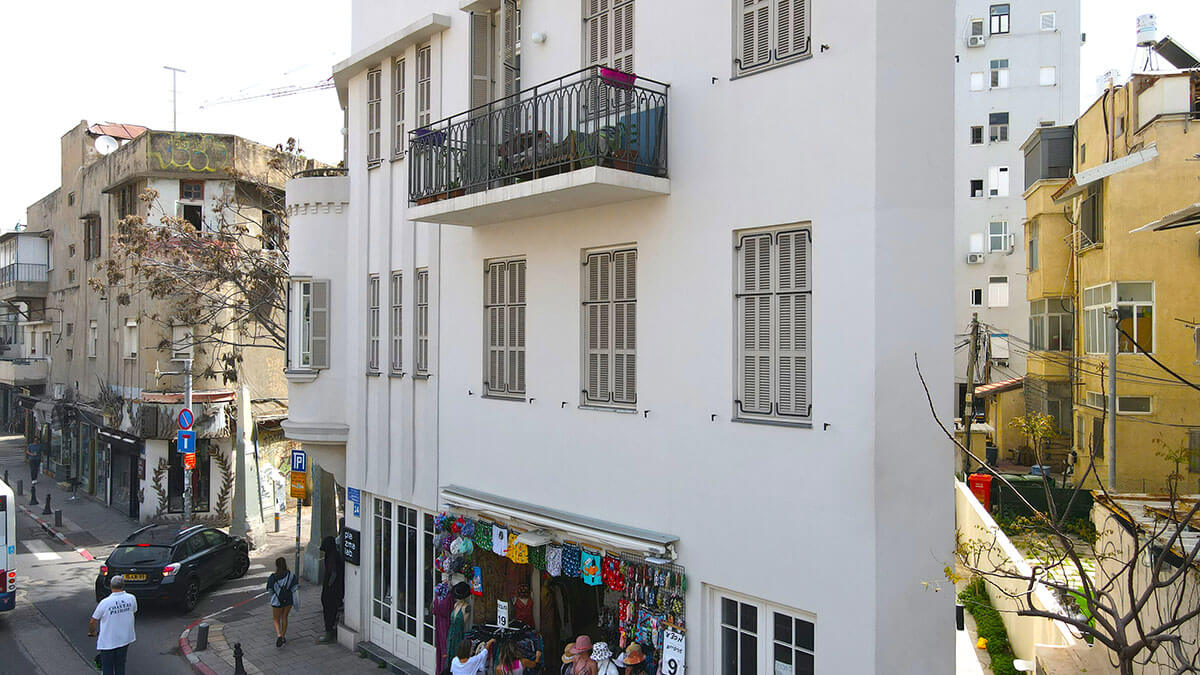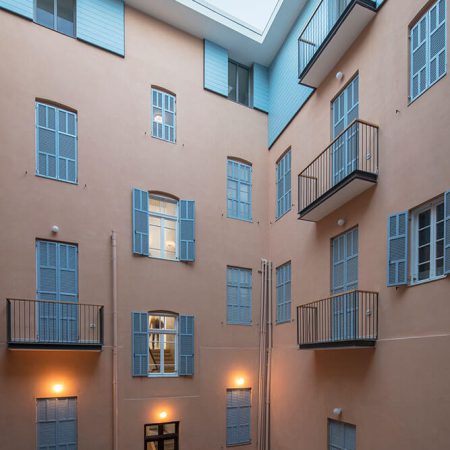
In July 2003, a UNESCO declaration was published regarding the city of Tel Aviv and the White City area individually, as a world heritage site.
This announcement adds the White City in Tel Aviv to the Old City in Acre and Masada as additional heritage sites for preservation in Israel. UNESCO is an official organization of the United Nations that is responsible for educational, scientific and cultural issues around the world and thus also for determining various sites in the world that deserve special preservation and attention, ranging from extraordinary natural sites to man-made sites.
Tel Aviv UNESCO declaration – thanks to the Bauhaus
The UNESCO declaration from 2003 positioned Tel Aviv very positively and allowed the municipality
Leverage it from a tourism and real estate point of view for development, preservation and positioning of the area as an even more desirable destination. The UNESCO declaration of the White City area was due to the high concentration, which is
The largest in the world, of buildings built in the international style of architecture, buildings that sell
More in Israel called Bauhaus after the school of architecture in Germany where the style was born.
The Tel Aviv area, and especially the White City, includes approximately 4,000 Bauhaus buildings built from the 1920s to the 1960s. In this high concentration of international style buildings, Tel Aviv presents a great architectural uniqueness. Beyond Tel Aviv, only 7 other cities received the title of World Heritage Site until the UNESCO declaration of 2003 in Paris.
The White City of Tel Aviv
The origin of the name the White City, thanks to which Tel Aviv was declared as part of the UNESCO declaration, is the white plaster that is found on almost all Bauhaus buildings in the area. Over the years, the white color dominated the area and as long as this style of architecture dominated, the entire northern and central area of old Tel Aviv was white and had buildings Particularly impressive.This is a unique historical and urban fabric in Israel and in the world.
The UNESCO declaration divided the White City into three areas that were awarded the title of heritage site
worldwide for conservation. In general, this is about the area of Tel Aviv west of Ibn-Gavirol street and by the sea
Nahal Yarkon in the north and Selma Street in the south. Beyond the unique Bauhaus buildings, which are characterized
With clean exterior lines and sometimes rounded, impressive balconies and very elegant beauty next to a building
A useful and unique interior, the area of Tel Aviv defined by the UNESCO declaration was planned in advance
As a green garden city with wide and beautiful boulevards.

